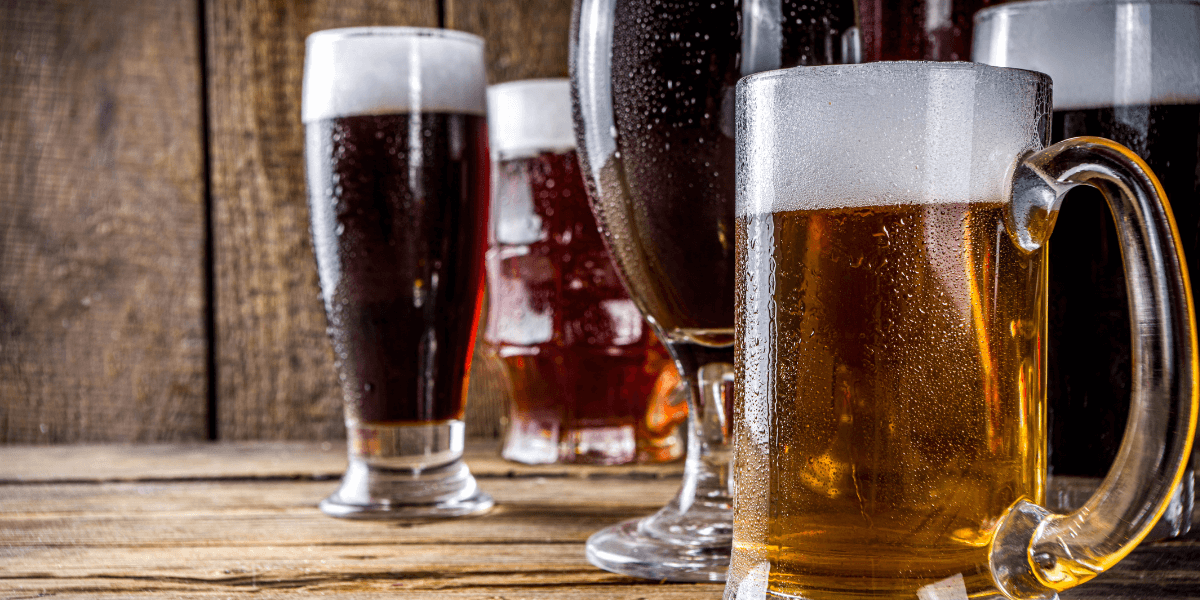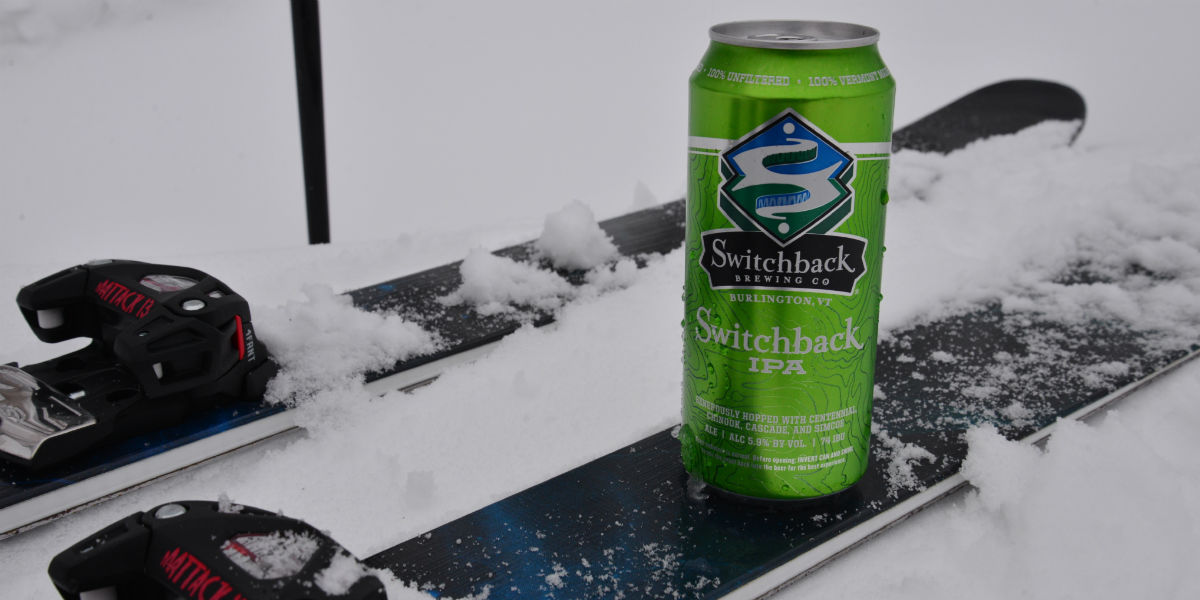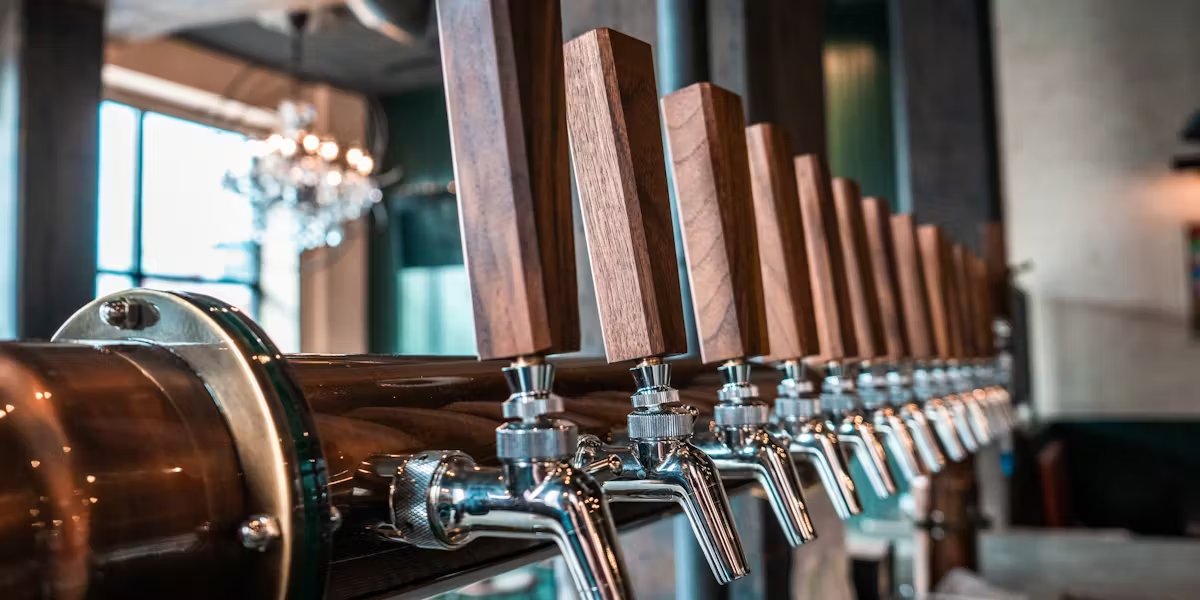
As a lover of craft beer, I’m always on the lookout for new recipes to try and beers that stand out in terms of taste and creativity. One style that consistently catches my attention is the New England IPA, especially those inspired by renowned breweries like Tree House Brewing Company. One such recipe that’s become a personal favorite of mine is Nate Lanier’s Tree House Style IPA. This brew combines the signature hazy appearance and juicy hop flavors of a traditional New England IPA, with subtle differences that make it stand out.
In this article, I’ll dive into the steps and ingredients required to create Nate Lanier’s Tree House Style IPA. From the grain bill to the hop selection, I’ll take you through what makes this beer so special and how you can create your own batch that delivers the perfect balance of bitterness, fruitiness, and mouthfeel.
What Makes Nate Lanier’s Tree House Style IPA Unique?
One of the reasons Nate Lanier’s Tree House Style IPA stands out is its careful crafting of hop-forward flavors that stay true to the Tree House Brewing style while introducing slight innovations. Tree House Brewing is known for producing incredibly juicy and aromatic New England IPAs that focus on enhancing hop flavors without making the beer overly bitter. This recipe stays faithful to those principles, but adds an extra layer of depth through unique hop combinations and fermentation techniques.
In essence, what makes Nate Lanier’s Tree House Style IPA a standout brew is the way it balances bold tropical fruit notes with subtle earthy undertones. It has the bright, citrus-forward hop character typical of Tree House beers, but without overwhelming the drinker with too much bitterness. The result is a clean, crisp, and flavorful IPA that’s perfect for anyone who enjoys a smooth yet intensely hoppy beer.
Ingredients for Nate Lanier’s Tree House Style IPA
When it comes to brewing, selecting the right ingredients is crucial to achieving the desired flavor profile. For Nate Lanier’s Tree House Style IPA, the right combination of grains, hops, and yeast will make all the difference. Here’s a look at the key ingredients that help create the unique characteristics of this brew.
The Malt Bill
The malt bill of Nate Lanier’s Tree House Style IPA should provide a solid backbone to support the fruity and floral hop aromas without overpowering them. For this beer, I recommend a combination of pale malts, wheat, and oats to ensure a smooth mouthfeel and a hazy, cloud-like appearance.
- Pale Malt (2-row): 8 lbs. This forms the majority of the grain bill and provides a clean, bready malt character that acts as the perfect backdrop for the hops. The pale malt contributes to the body of the beer without being too sweet or heavy.
- White Wheat Malt: 2 lbs. This malt is crucial for increasing the body of the beer and enhancing its hazy look. It also contributes to the smooth, creamy texture that New England IPAs are known for.
- Flaked Oats: 1 lb. The flaked oats add additional smoothness and help create that signature haze that’s so characteristic of this style.
Together, these malts provide the structure needed to complement the hops and yeast while also ensuring that the beer retains a silky, full-bodied mouthfeel.
The Hops
The hop selection is perhaps the most critical component of Nate Lanier’s Tree House Style IPA. To capture the fruity and tropical flavors that make Tree House Brewing’s beers so famous, the right balance of hops needs to be achieved. Here are the hops that I recommend:
- Citra: 2 oz. Citra is one of the most popular hop varieties in New England IPAs, and for good reason. It imparts bold, citrusy flavors, including grapefruit and lime, along with tropical fruit notes like mango and passionfruit. Citra will be a key player in bringing the bright, juicy flavor to the beer.
- Simcoe: 1 oz. Simcoe hops have a more earthy character with hints of pine, apricot, and citrus. This variety adds complexity and depth to the beer without overshadowing the other hop flavors.
- Mosaic: 2 oz. Mosaic is known for its diverse flavor profile, which includes tropical fruit, pine, and citrus. It’s a great hop for creating a layered, aromatic experience that really shines when used in high quantities.
- Galaxy: 1 oz. Galaxy hops from Australia are prized for their strong tropical fruit profile, featuring notes of passionfruit, peach, and citrus. Galaxy adds an intense fruitiness that pairs perfectly with the other hops in the recipe.
These hops, when combined, create a well-rounded and juicy hop profile that delivers big on flavor without becoming overwhelming. The addition of both tropical and piney hops ensures that there’s a balance between fruitiness and a slight bitterness, which is a hallmark of a good New England IPA.
The Yeast
Yeast is the unsung hero of many great beers, and in the case of Nate Lanier’s Tree House Style IPA, choosing the right yeast strain is crucial for bringing out the beer’s fruity and hazy characteristics. I recommend using Wyeast 1318 London Ale III yeast, which is well-known for its ability to accentuate the fruity flavors of hops while contributing a smooth, clean finish. This yeast strain works well in New England IPAs and helps to preserve the beer’s delicate balance of malt sweetness and hop bitterness.
The Brewing Process for Nate Lanier’s Tree House Style IPA
Step 1: Mash In
Start by heating your water to around 162°F, and then add your grain bill to the mash tun. Mash at 154°F for 60 minutes to ensure proper sugar extraction. The goal here is to produce a clean wort that will ferment well and allow the hops to shine through. The wheat and oats in the recipe will create a smooth body and help enhance the hazy appearance, which is a defining feature of the style.
Step 2: Boiling and Hop Additions
Once the mash is complete, sparge the grains and bring the wort to a boil. As you approach the boil, begin adding hops according to the following schedule:
- Whirlpool: Add 1 oz of Citra and 1 oz of Mosaic hops during the whirlpool process, keeping the temperature around 170°F. This step extracts oils and flavors from the hops without introducing excessive bitterness.
- Dry Hop #1 (4 days into fermentation): After fermentation begins, add 1 oz of Galaxy and 1 oz of Simcoe hops. This helps to build the beer’s aroma without imparting any additional bitterness.
- Dry Hop #2 (7 days into fermentation): Add the remaining Citra and Mosaic hops to boost the beer’s hop character and enhance its aroma.
Step 3: Fermentation
Ferment the beer at a steady 68°F. This temperature range allows the yeast to work its magic without producing off-flavors. After 2 weeks of fermentation, check the gravity to confirm that the beer is fully fermented before bottling.
Step 4: Bottling and Carbonation
Once fermentation is complete, bottle the beer and allow it to carbonate. I recommend bottle conditioning for at least 2 weeks to give the beer time to mature. The carbonation process helps to bring out the hop aroma and gives the beer a refreshing finish.
Conclusion
Brewing Nate Lanier’s Tree House Style IPA has been a rewarding and fun experience for me. By carefully selecting the right hops, malts, and yeast, I’ve been able to create a beer that honors the best aspects of Tree House Brewing’s renowned IPAs. With its hazy appearance, smooth mouthfeel, and bold hop character, this IPA is an excellent choice for anyone who loves juicy, tropical flavors balanced by a touch of bitterness.
If you’re new to homebrewing or an experienced brewer looking for a new challenge, I highly recommend trying your hand at Nate Lanier’s Tree House Style IPA. It’s a beer that’s sure to impress your friends and leave you craving more!




